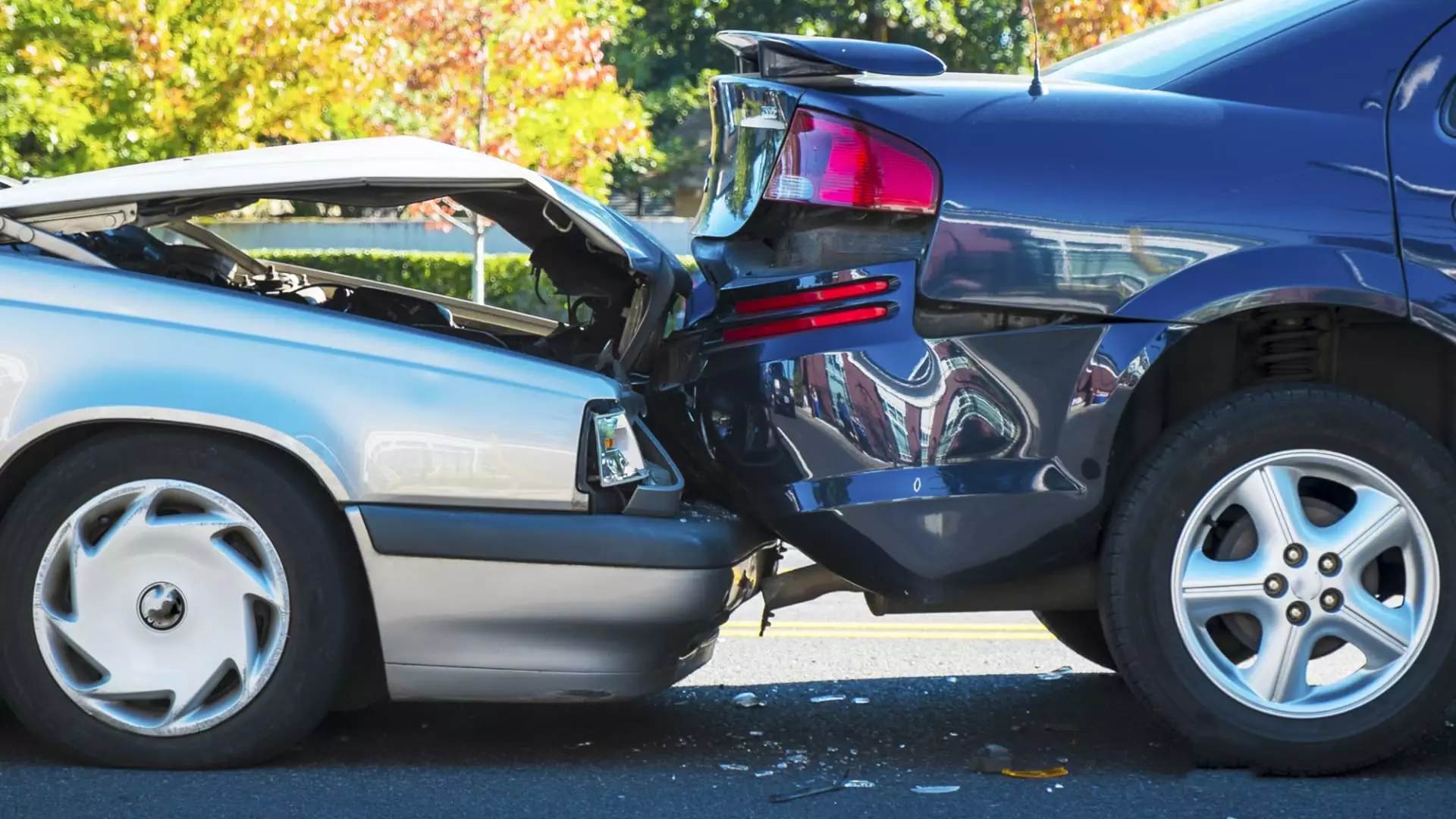The rising costs of auto insurance have significantly contributed to the acceleration of inflation rates in March, exceeding expectations. According to recent data, car insurance prices within the consumer price index surged by 2.7% on a monthly basis and 22.2% year-over-year. These substantial increases in costs are not only burdening consumers but are also adding to the overall expenses for vehicle owners across the United States.
Various factors have fueled the surge in auto insurance expenses, including the escalating prices of new and used vehicles post-pandemic. Additionally, the cost of repairing vehicles has soared due to supply chain disruptions, higher mechanic wages, and the incorporation of advanced technologies in modern vehicles. The integration of microprocessors, cameras, proximity sensors, and other sophisticated systems has made repairs more complex and expensive, ultimately contributing to the overall rise in insurance premiums.
Experts in the automotive and insurance sectors have emphasized that the increasing costs of auto insurance are directly linked to the rising expenses associated with vehicle repairs and replacements. Industry professionals like David Sampson, the CEO of the American Property Casualty Insurance Association, have highlighted the significant impact of technological advancements on repair costs. For instance, the replacement of basic bumper components now involves high-tech features, making even minor damages substantially more costly to fix.
Insurance companies are grappling with the challenges posed by the surging costs of auto insurance. Companies are experiencing unprecedented losses, with some insurers reporting an average loss of 12 cents for every premium dollar collected in 2022 – the worst performance in over two decades. To offset these losses, insurers are compelled to raise rates, which in turn, affects customer satisfaction levels. The need to balance actuarial loss trends and rate applications has become crucial for insurers to maintain financial stability.
To address the increasing costs and enhance customer satisfaction, insurance providers are exploring innovative solutions such as usage-based insurance (UBI) programs. These programs utilize telematics data to assess driver behavior and offer policies tailored to individual driving patterns. UBI participation rates have surged in recent years, with customers benefiting from personalized pricing based on their driving habits. Insurers like Geico, Progressive, State Farm, and Liberty Mutual have been lauded for their UBI programs, aimed at rewarding safer driving practices.
Despite efforts to adapt to changing market dynamics, the auto insurance industry has witnessed a decline in customer satisfaction levels. The rising costs have led to a significant drop in overall satisfaction, as insurers and policyholders navigate the economic challenges. As insurers continue to introduce new pricing models and offer discounts to safer drivers, customer satisfaction remains a key area of focus for the industry. With evolving consumer preferences and increasing expectations, insurers are under pressure to innovate and enhance service delivery to meet the demands of today’s vehicle owners.

